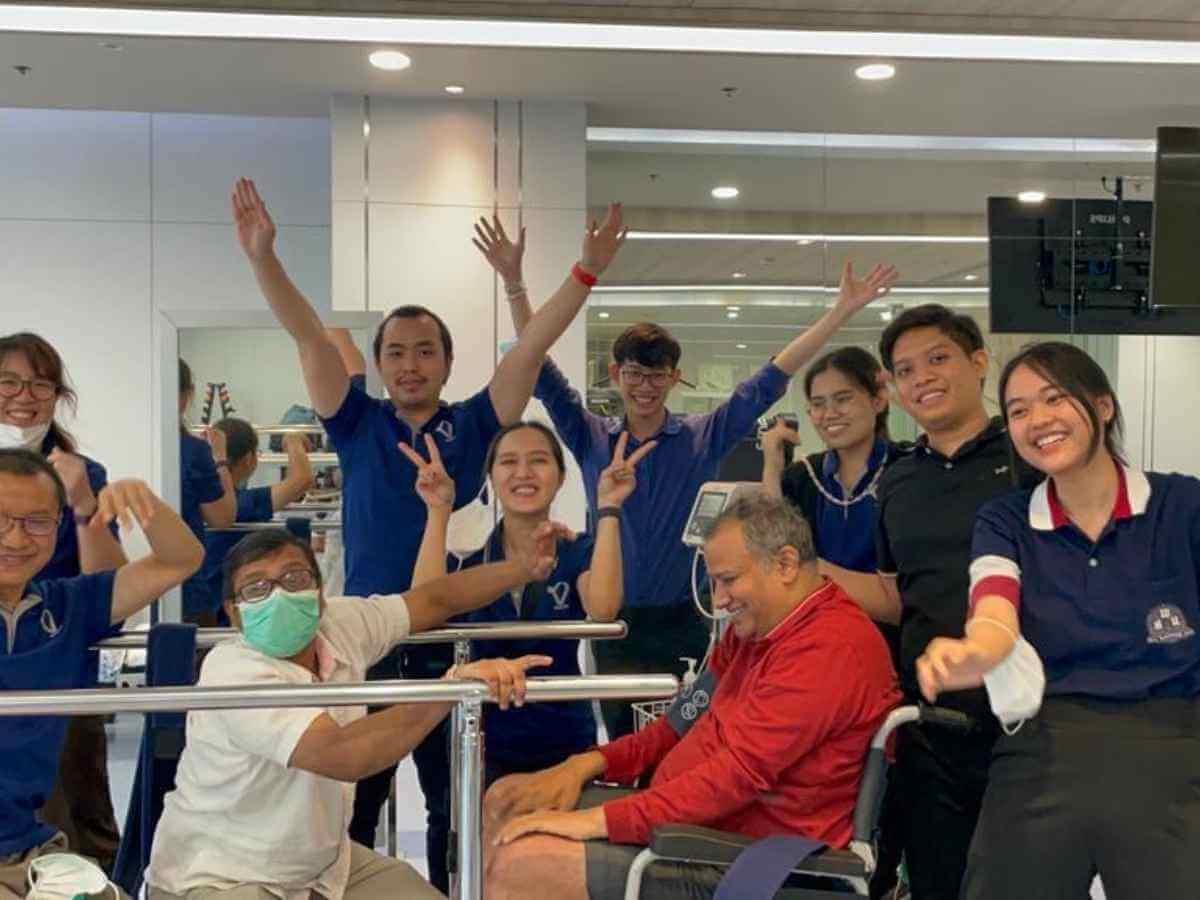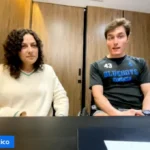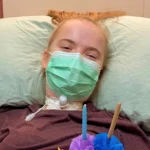Walking with an e-Pacer is an exercise which many of our patients undertake after epidural stimulation treatment. For many patients this is a great achievement, instilling hope and confidence and Dr Vikas Jindal is one of them. Walking was one of Vikas’ goals for his treatment and as a professional dentist, working with his hands again was another. His spinal cord stimulator was implanted at the T11-T12 spinal vertebral levels to target the lumbar spinal cord. In this Q&A webinar interview with Dr Nasir Majeed and Hanna Charles, he discusses his experience and the new confidence which the treatment has given him.
Good morning Dr Vikas and Dr Kanika, could you please introduce yourself in a few words?
Yes, thank you, I’m Dr Vikas Jindal and this is my best half Dr Kanika Jindal. We were introduced to Verita Neuro by my physiotherapist. I had a small injury at C6-C7 level about three years ago. I'm a dentist by profession and she's also a dentist, so that was a life changing episode for me. After about two and a half years of my physiotherapy, my therapist advised me to go to Bangkok with Verita Nero and get the epidural stimulation done. So that's how I landed here in August 2022 and I must tell everybody that it was a wonderful experience to be in Bangkok with Hanna and Dr Nasir and their entire team. I stayed almost two months and got the stimulator done at my T11- T12 segment of the spinal cord. The surgery went very smoothly and I was really impressed with the surgeon and the staff at the hospital. The way everybody took care of me, it was commendable and par excellence. After the stimulator was implanted on my spinal cord, on the fourth or fifth day Hanna and Dr. Nasir came to my room with the physiotherapist to map my stimulator with various muscles. Actually I didn't know how that was going to work, but as soon as they switched on the stimulator and I could see the movement in my ankle, I was in tears and along with me Hanna was also in tears, because for the last two and a half years, I couldn't see any movement in my legs or in my feet but that really made me more confident that yes, I can stand on my feet.
What changes have you seen in your recovery, both before and after epidural stimulation treatment?
As I mentioned earlier, this accident was really devastating, because I was working so hard and so much, to just sit down and do nothing, it was very difficult for me. So after I had the accident, I got operated on and they put a plate on my neck and then it was referred to the Indian Spine Injury Centre. I attended daily and I underwent physiotherapy sessions. After that COVID came in but I had some general method of therapy session for about, say four to six hours a day, every day for the last two and a half years. And I went to Bangkok. So during those physiotherapy sessions, for aftercare in terms of my sessions, my body was, you know, slightly better, I could conduct my daily sessions. But now that I've done my epidural stimulation and especially after stem cell therapy, which you have given me, I had three sessions of stem cell therapy in Bangkok, one was intravenous and two were lumbar puncture. What I feel is that the muscles which were not responding earlier, in my lower limbs have started responding after I switch on the stimulator. The intensity which the therapists have given me is about 4.5 to 5.5. This is the intensity where my muscles are responding if I have to kick my leg or lift my leg, or if I have to go for my ankle dorsiflexion then, I'll say intensity is 4.5 to 5.5, now the muscles are responding at about 2.8 or 3.5 intensity, which I feel that after having placed the stimulator the muscles are responding very well after my first therapy sessions. Also changes which I have seen is that my spinal muscles and my muscles on the back or my muscles in my pubic area or the stomach are responding. They are coming back to life. That is what I am feeling although very slow but they are coming back to life. Also another thing which I have noticed is that I can see that my legs are with me. Previously I didn't used to feel that now I feel that my legs are with me because internally I feel that my muscles are responding, or the muscles are functioning or I can feel something in my legs, I can feel the legs are with me. These are the changes which I've noticed after the epidural stimulation and stem cell therapy in these last four months was my experience with you in Bangkok.
What are maybe the three biggest milestones or changes you have seen since the implantation of the stimulator?
The most important thing which I recovered was that I can feel the muscles of my back and sides after this and second is that I can feel while walking, when I walk with the e-pacer, I can feel the pressure on my calf muscles and on my quadriceps, and on my hamstrings. That is the second best thing which I have seen after the surgery and the stem cell therapy. And thirdly, my bowels have improved after the surgery. Although I cannot feel it, they have improved after the surgery.
Dr. Kanika, I wanted to ask you this question as a loved one and someone who is also very much affected by the injury Dr. Vikas had, how did the treatment affect your daily life? And did it make any daily activities easier for you now you're back in India?
Yes, I think he's more stable, in his upper part I feel more stability and mainly his confidence is more. The holding capacity of his hands is better. He tells me that he feels more pressure on his legs, while standing. In the family, we feel, everybody feels, that he takes a push while standing - when we shift him from one place to another he takes a push which we think has improved.
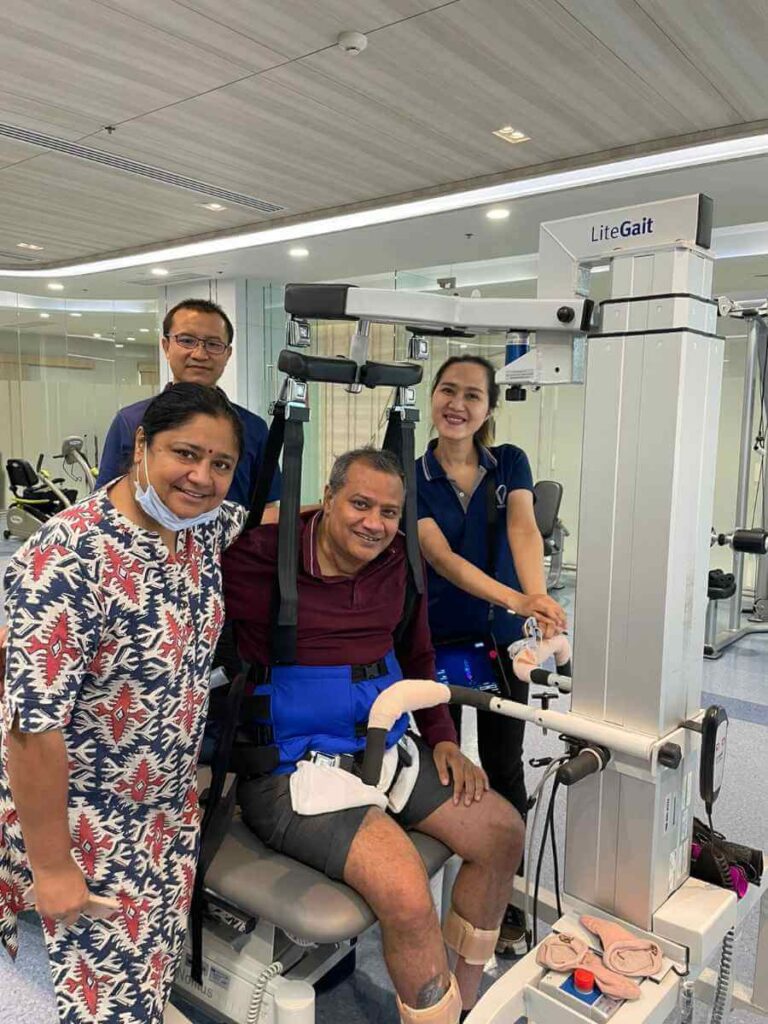
Physical therapy and the exercises after the epidural stimulation program in our facility are equally important to the success, so could you tell us what your typical day looks like today?
I start my day at work at seven o'clock in the morning, and after my session ends, I go to the physiotherapy session at about 9.30 in the morning, from 9.30 to 12 o’clock. And during the session, I normally exercise my core, making my core more stable and more strong. Then they make me walk on the body supporter with the programs on for about 10 to 15 minutes. And then again, I sit down on the chair and get the stimulator on and do my leg exercises. After that, they make me do the back exercises, which I used to do before coming to Bangkok. I'm continuing with those exercises, so as to strengthen my paraspinal muscles and so that my gait and my posture are comfortable. I also stand at the kitchen table for about one hour every day and once I come back from a physiotherapy session, I take a rest for about two to three hours, to tend to my patients. At three o'clock again, my physiotherapist comes to my home and we again do the session with the stimulator on, we do it for about 2 hours at my home from 3 to 5. Again, I rest for about half an hour, I'm from 5.30 to 6.30 or seven o'clock, I need enough time to do my hand exercises and my arm exercises. My arms and hands I'll make them stronger in the days to come. That is what I follow every day and about 7.30 then I finish my exercises and I relax.
So we had some questions - the first one is, are you able to walk now? The second one is are you able to stand up and lock your knees?
If I try to stand up and lock my knees on my own, right now, I'm not able to do that. But with the help of the repetitive stimulator, if I switch it on, then I can get my knees locked and I can walk with the help of the e-pacer or body supporter.
I think it's important to mention that at least for the first few years of your recovery the stimulation has to be switched on for the functions to be possible. We have some patients who have actually noticed that after a prolonged period of using the stimulator, maybe after a year or a few years, it has been possible in some patients to have those functions back without the support of the stimulator itself.
What I have noticed after having the surgery done is that muscles may not immediately be responding, you feel a little dejected, that this thing is not working or this muscle is not working but after having it in place, when the stimulator is switched on and you do the exercises, at least, you have that confidence and that feeling that yes, the muscles are working, and you can lock your knees and you can walk maybe with the help of e-Pacer. It definitely gives you a lot of confidence and what I have noticed in the last four months is that I have gone back to my routine, I've gone back to see my patients and consultation, even though I maybe don’t work on them. I have gone back to my Dental College and I'm teaching my students and doing the administrative job. A different type of confidence just creeped in me after the surgery, a feeling of ‘yes, yes, I'm going to be alright’, because I can see my muscles moving. I can see my muscles which were previously dead, I can see them moving when the stimulator is on. That's a change, which I have noticed in me.
It’s so good to hear from you because for you to regain your confidence, it's priceless. So what are your short and long term goals?
Of course, the long term goal would be running a marathon in New York with everybody and getting perfectly fine, that would be the long term goal. The short term goal would be gradually, that my muscles should gain strength, and I should get back to life and maybe I can get back to work on my own and not be dependent on anybody. That is my short term goal. But I have my associates which surround me and people who are along with me and meet me every day or every few days. They do tell me that they see a lot of change in me - they see a change in my voice, they see a change in my confidence in the last 3 to 4 months.
Dr Vikas, is there any message you would like to share?
My suggestion to Cynthia and her son {who asked a question} is don't give up, they will be perfectly fine. God is there and if you have belief that you can walk again, you will walk again. Whatever is available with us, we should take advantage of that to do the hard work.
Around the world there is nothing else which is available for patients like us who have undergone this kind of injury. So if there is an option of epidural stimulation and there is even a remote chance that this stimulator can help improve our condition from where we are right now we should go ahead. That is my personal opinion, because throughout the world, I have met everybody and talked to everybody and I don't see any other treatment which is available, and which could help me walk. The first time I stepped on the e-Pacer and I walked in your facility, and I locked my knees at your facility, it was really heartening to see that I could lock my knees. I can walk on my feet, maybe with the help of an e-Pacer and maybe one day, I can walk on my own, without the e-Pacer. That is what I hope and I pray and I will work on it. My suggestion to all the patients is don't give up, you must do physiotherapy at least 5 to 6 hours a day and one day, we will walk with epidural stimulation. Definitely yes, it helps and it will help you.
The above is not a verbatim transcript of Vikas’ interview and the exact wording and order of words have been edited to be read more easily. You can watch the full interview on our YouTube Channel.

